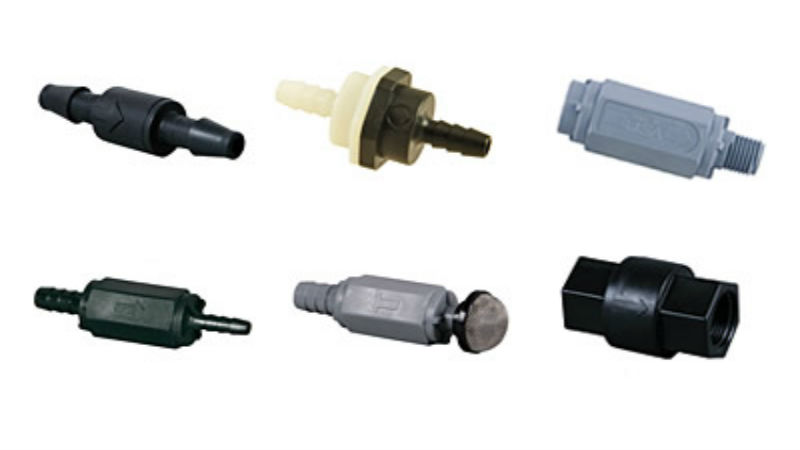In the 1950s, ball valves first became available on the market. They quickly became popular in various industries including the petroleum and paper making industries. This simple device is available in metal and plastic varieties. One type increasingly becoming common is the PVC ball valve.
What Are PVC Ball Valves?
PVC is the abbreviated form of polyvinyl chloride. Its composition is 57% chlorine and 43% carbon. It is a thermoplastic resin in the same group of plastics as polyethylene (PE), polystyrene (PS) and polypropylene (PP). First synthesized originating in 1872, it was not manufactured commercially until the 1920s.
Today, they are a common device used in plumbing and fitting. As ball valves, they move liquids or gases along high-pressure lines. Overall, PVC ball valves are excellent at controlling high flow, high volume, and high pressure. This versatility makes them an ideal choice for a variety of applications. They, therefore, are very suitable for water services and systems.
Advantages of PVC Ball Valves
Like any other type of ball valve, the PVC ball valve offers its users several advantages. Whether standard or compact, PVC valves are:
- Durable
- Long-living
- Capable of withstanding corrosion
- Abrasion resistant
- Acid and alkaline resistant
- Able to withstand high water pressure
- Are high temperature tolerant
- Lightweight
- Ease of use
- Easy to install
- Easy to disassemble
- Easy maintenance
- Little to no leakage
- Reliable
- Composed of non-toxic materials, therefore environmentally-friendly
What is also appealing is the relatively low cost of ball valves. They are affordable and reliable.
The PVC Ball Valve
Thermoplastic valves of all types are capable of operating in different applications with reliability. PVC, a type of thermoplastic is an ideal material for withstanding the extremes in pressure and temperatures found in various applications. The PVC ball valve is an example of affordable suitability for its environment and function.







